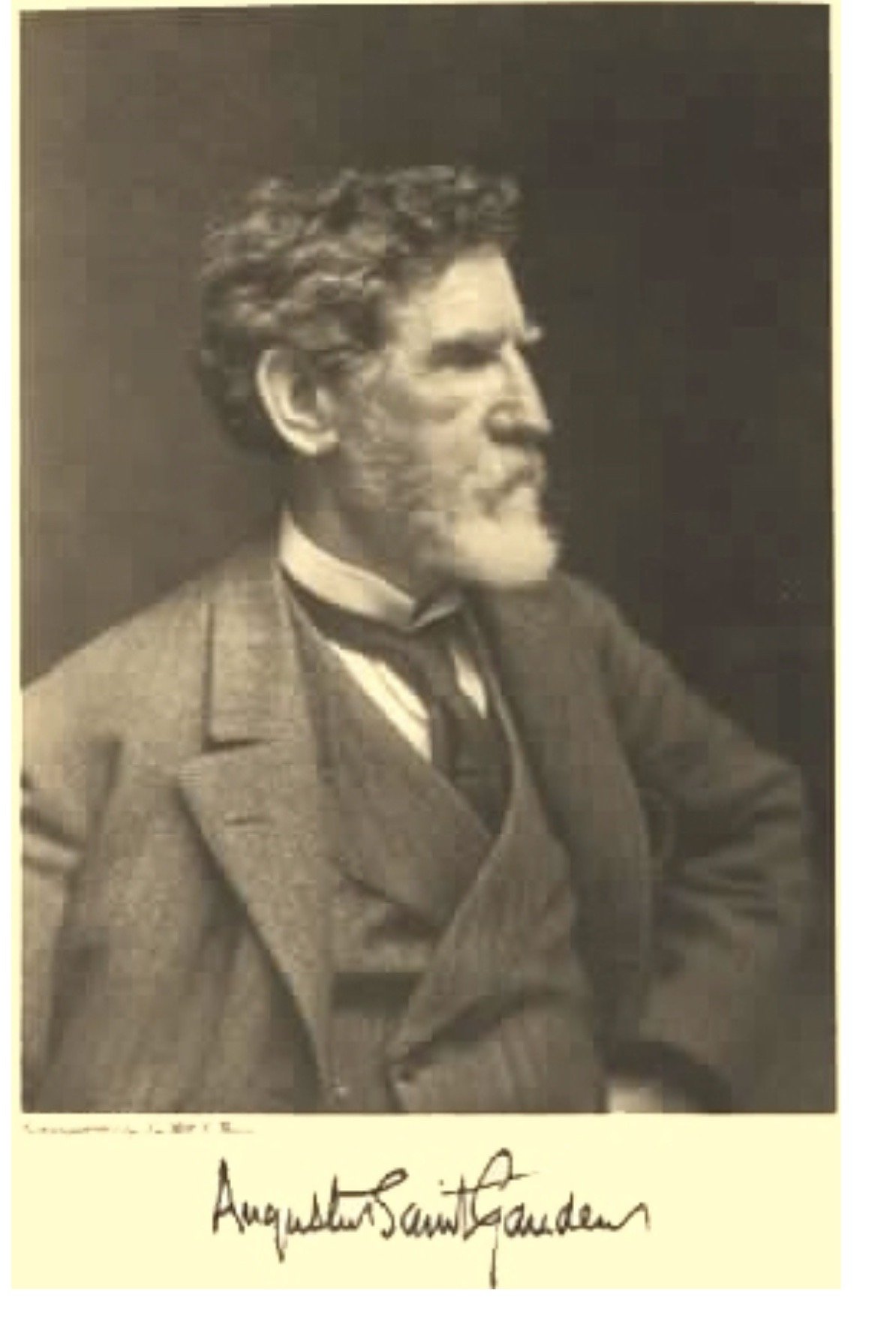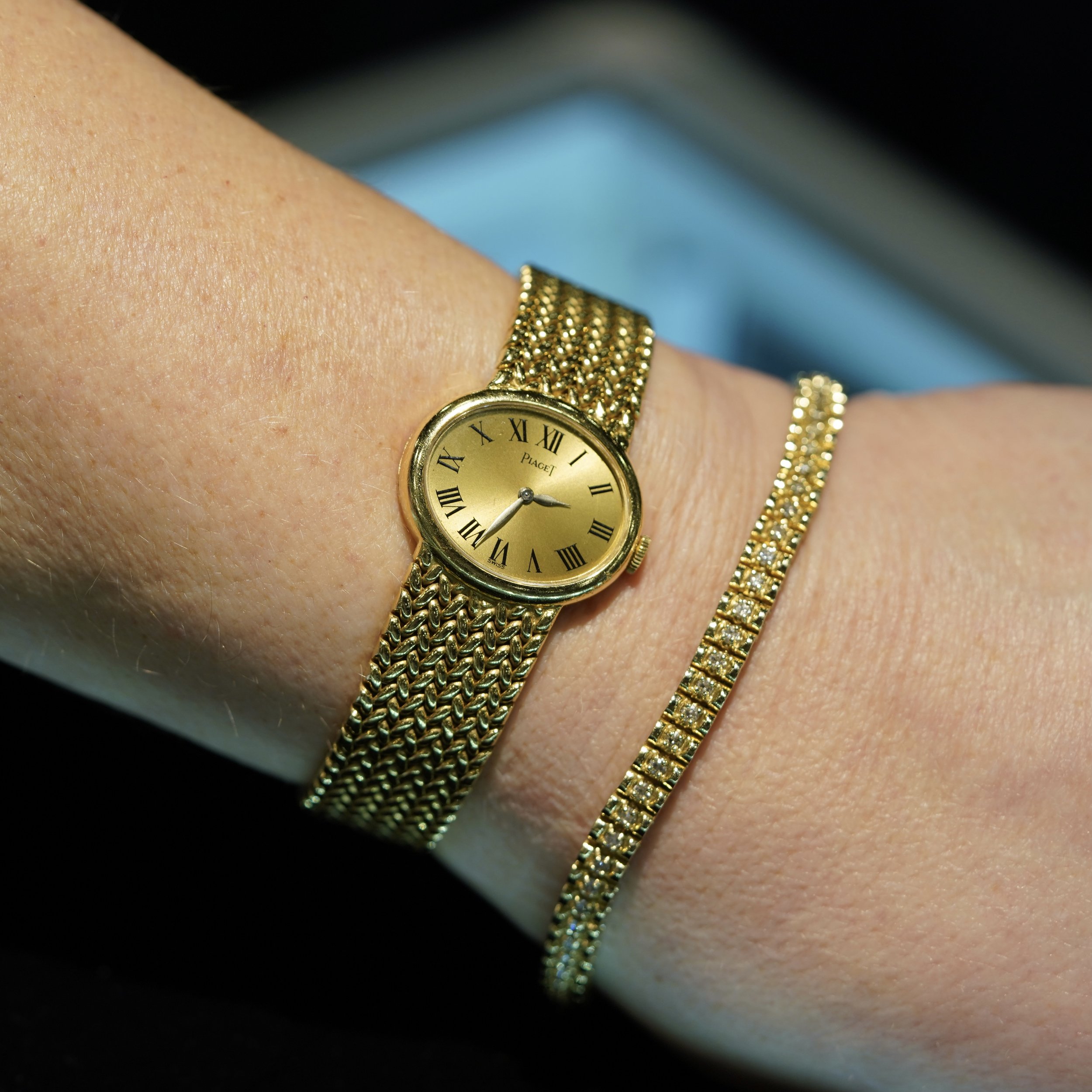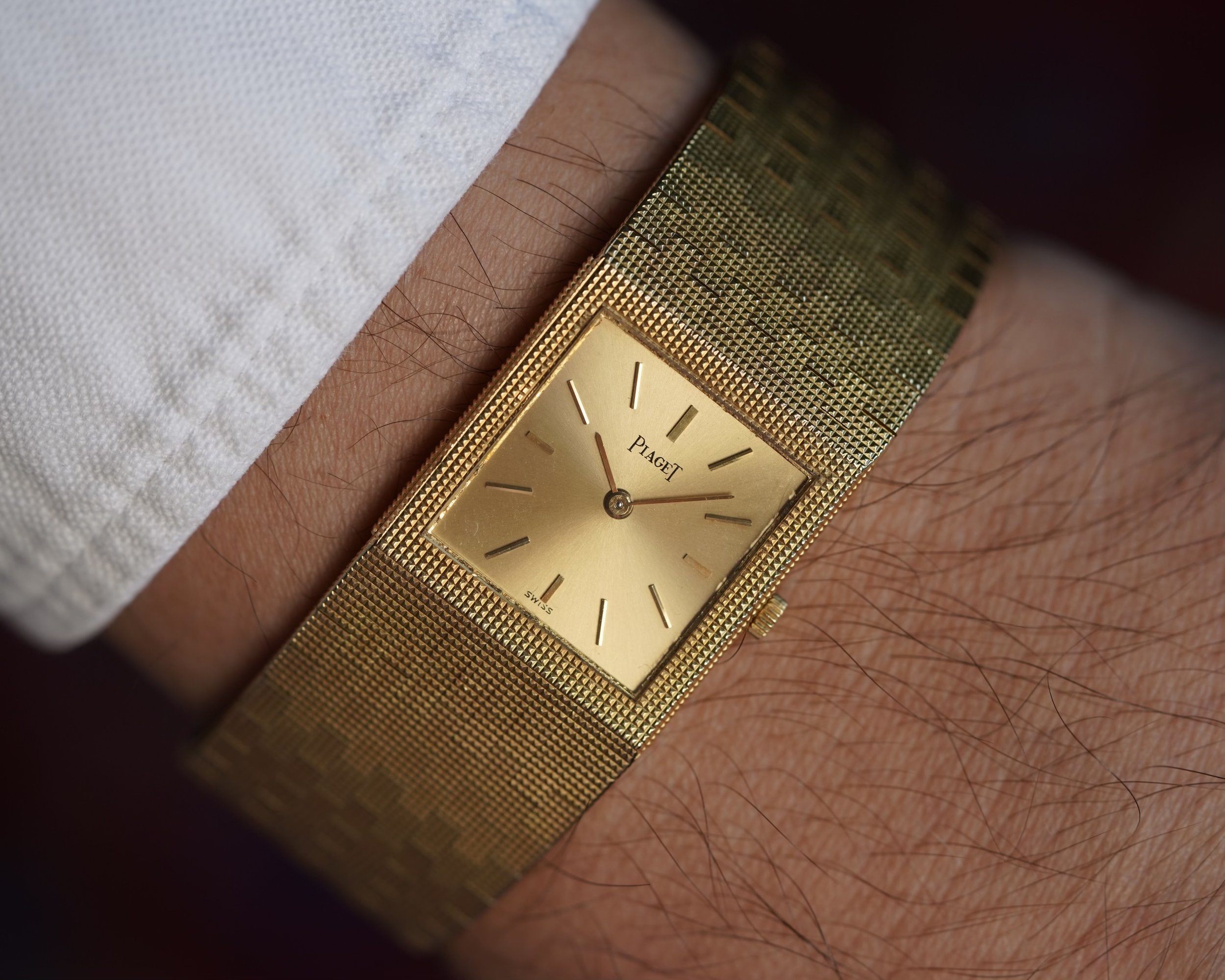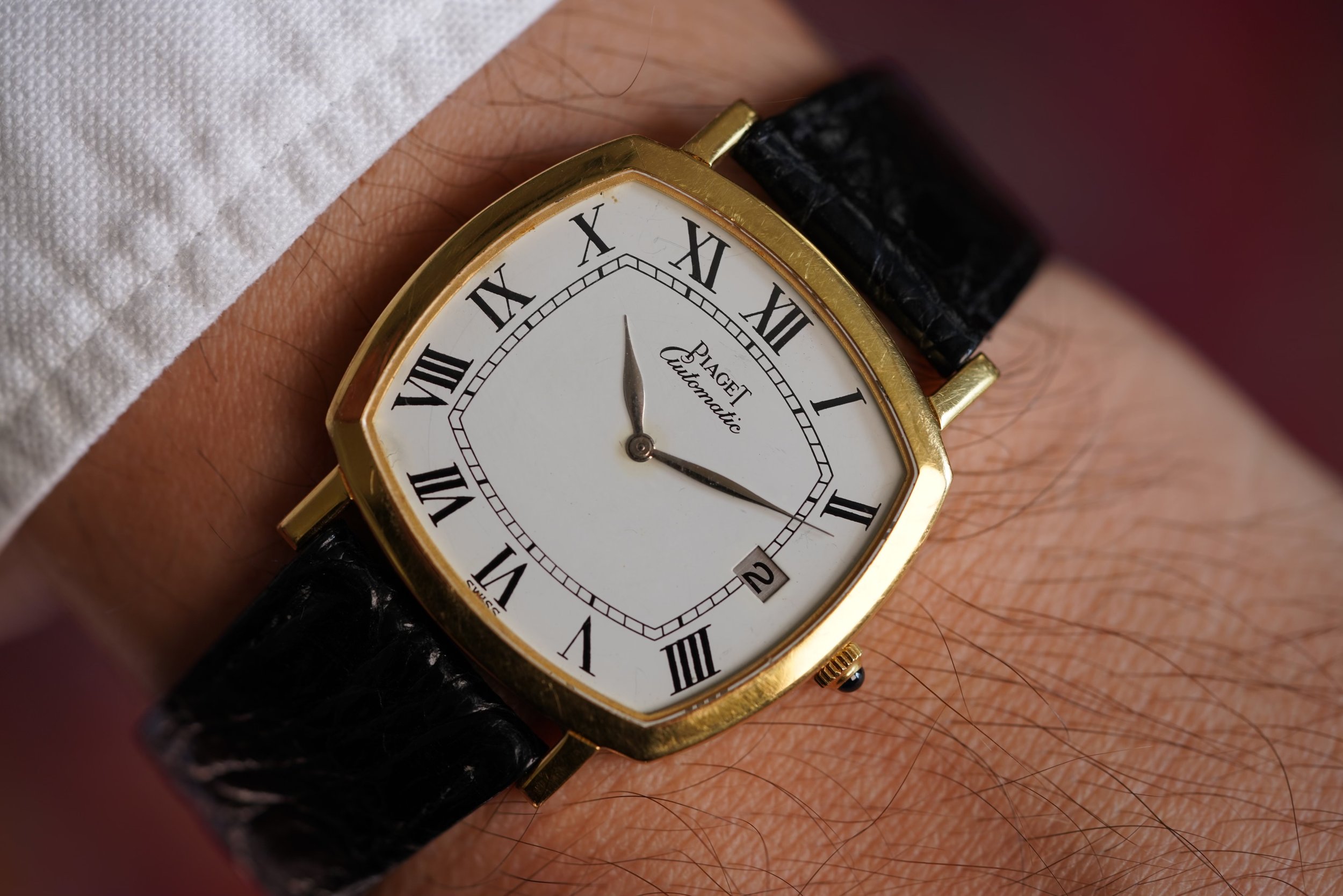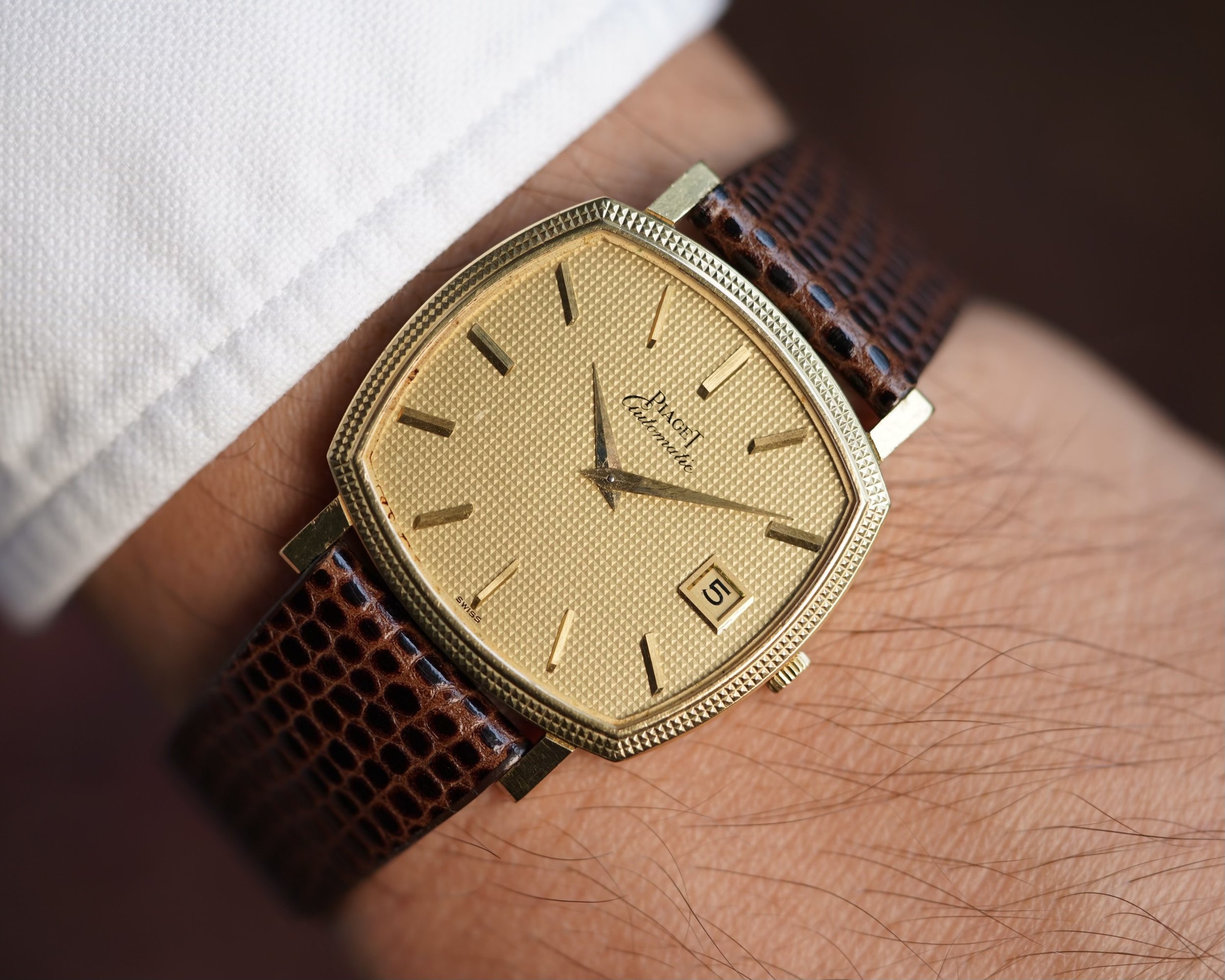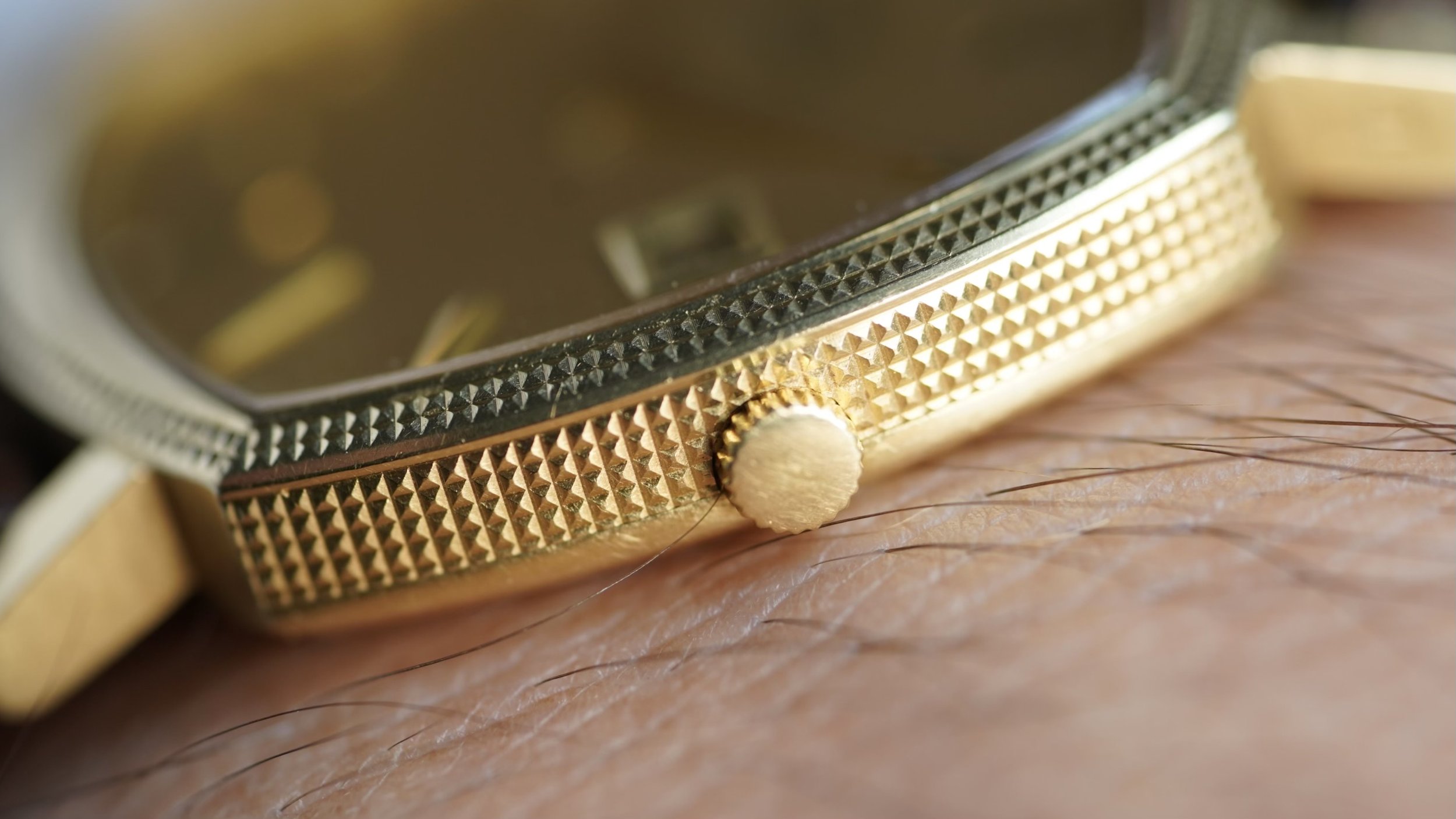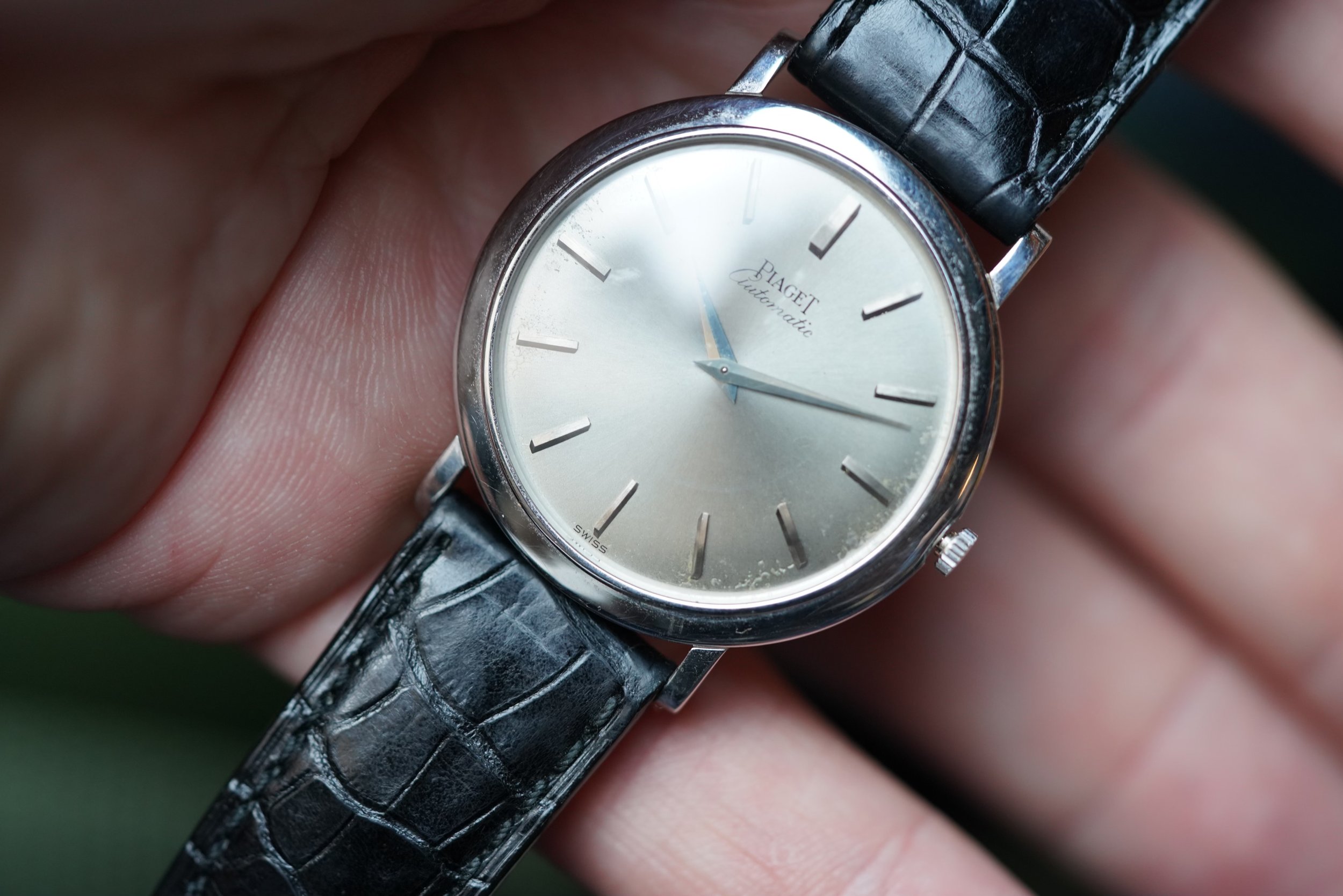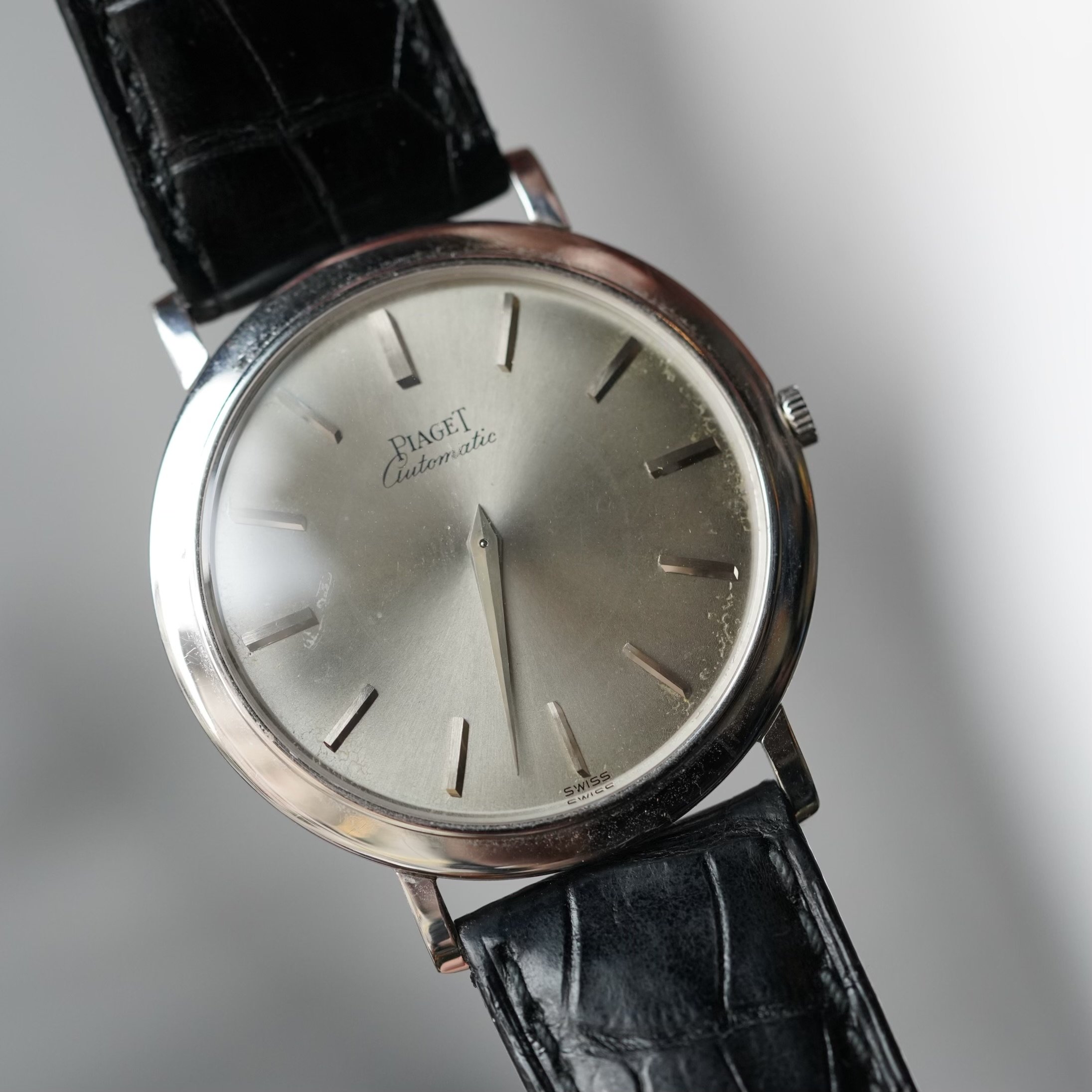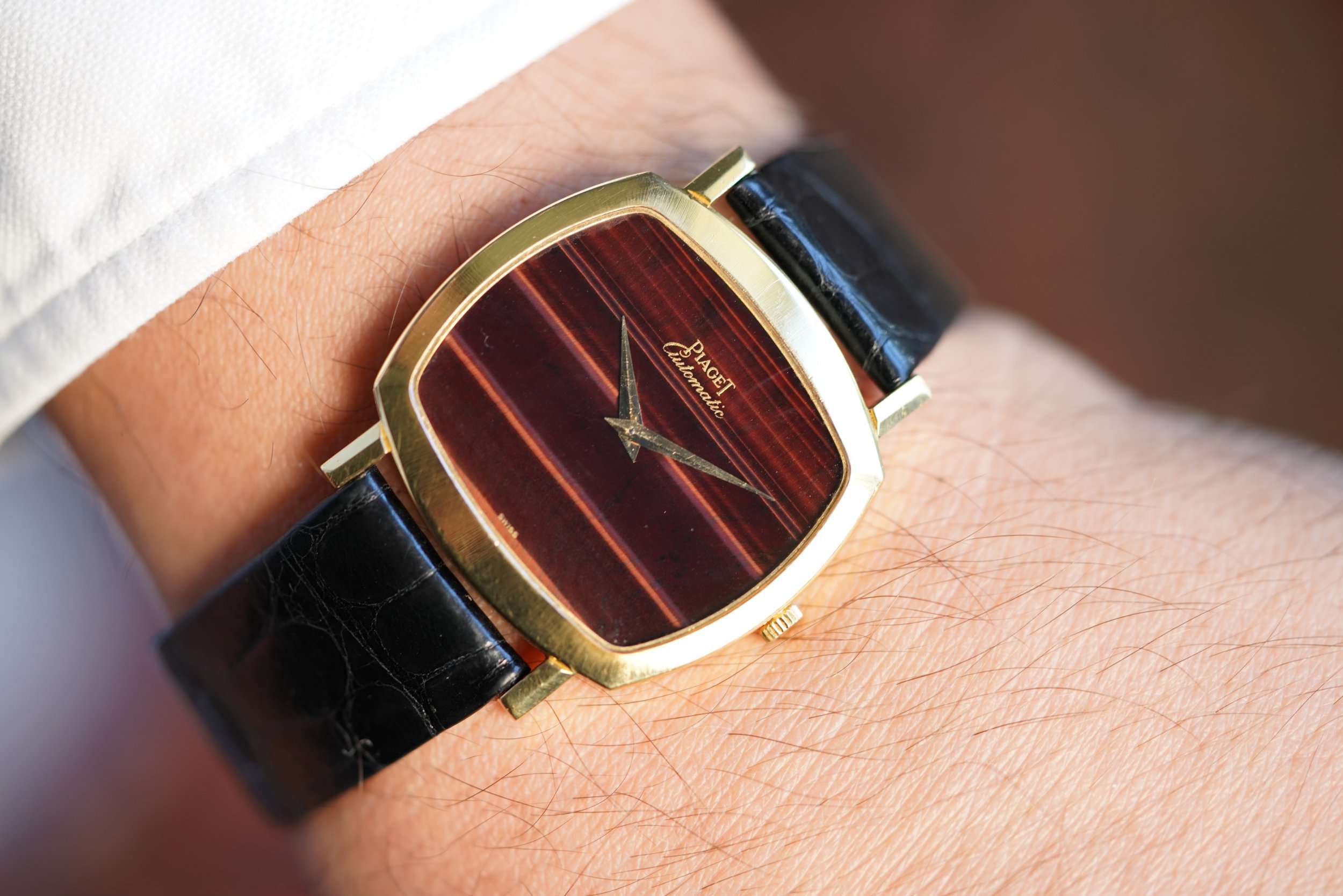Undervalued: Vintage Piaget Watches
By Charlie Dunne
Vintage Piaget is having a moment. Their watches are profoundly interesting and an extremely elegant, plus offer tremendous value compared to other similar watches (*cough, cough, Cartier). The past catalog of Piaget is a masterclass in style and ultra-thin movements. Some say the conventional conversation among collectors is that dress watches from this 1950s to 1970s are undervalued; however, the same dress watches from Cartier, Patek Philippe, and Audemars Piguet command 2-3 times more at least compared to Piaget. Vintage Piaget watches feature the great dial makers, fantastic case designs and bracelets, and, in many cases, ultra-thin in-house movements. These details are seldomly mentioned, making them quite a value proposition for collectors, especially when many precious-metal Piaget watches are under $4,000. Below are a variety of examples I’ve encountered in the past year that hopefully will be a breath of fresh air to those interested in design-focused watches with serious horological merit.
Most associated with their ultra-thin movements, Piaget is among the few manufacturers to have earned a reputation for their specialization in coin watches. These are extremely rare and special creations that required the dissection of two coins, a master case maker to carve an area for the movement and to create a hinged component that lays perfectly within the two sides. For those that admire the craftsmanship at the intersection of movements, case making, and numismatics, these timepieces are remarkable. Of the Piaget coin watches we have had at Wind Vintage, one was a special example from the 1970s bearing the Piaget signature cased in a 1904 twenty-dollar coin.
Image credit: hifi-archiv.info
Image credit: hifi-archiv.info
The second example was made by Piaget for Cartier using the famous 1908 United States of America ‘Double Eagle’ twenty-dollar gold coin. This coin was designed by Augustus Saint-Gaudens. This watch measures 34.5mm x 3.75mm and dates to the 1960s. Seeing coin-form timepieces is not an everyday occurrence, so when we encounter one it’s special situation regardless of the manufacturer. Yet, with Piaget it is just another fascinating genre for the brand. For those passionate about coin watches, an interesting anecdote is that Saint-Gaudens also designed the $10 Gold Indian Head Eagle coin that Patek Philippe used in their reference 801.
Image credit: usacoinbook.com
Advertisement featuring a ref. 99 Piaget coin watch with extra thin movement. Image credit: Europa Star.
I also love and appreciate examples with integrated bracelets. Not only are the designs very striking, the textures can be quite breathtaking in person. These “haute joaillerie” models are often cruelly melted down for scrap value, but when you consider the manner in which these bracelets were made, it would cost a fortune for the manufacturers to create something like this today. It’s certainly a style that is not seen today and I hope these are understood as exceptional creations and preserved for future generations, not melted for their gold content. Furthermore, these watches often feature very intricate dials that are among the best quality for the 1960s and 1970s.
Photo by Kevin O’Dell.
When you see someone confidently rocking a vintage Piaget, it’s quite apparent that they have a different perspective and appreciation for timepieces than most. While the style has not taken off just yet, one could certainly understand if these dated designs become en vogue in the near future. It takes a different enthusiast to gravitate towards the more glamorous timepieces instead of those that conform to an everyday look.
The above timepiece, a Piaget Reference 9131 C4 is a very sophisticated wristwatch. The reference is designated C4 and C4 denotes the Clous de Paris hobnail finishing on the case and bracelet. Beyond the stunning condition, it has fantastic provenance. It originally belonged to Saul Holiff, who was the personal talent manager of singer-songwriter Johnny Cash from 1960 to 1973. The case back is beautifully engraved “S.I.H. Nov. 61”. According to the family of Saul, he purchased this watch to celebrate the signing of Johnny Cash to management contract.
Image credit: GQ
Image credit: hifi-archiv.info
Image credit: hifi-archiv.info
When it comes to the automatic models, there is so much to appreciate. Certainly worth pointing out are the case shapes. Some designs are wider, giving a distinct cuff-like look on the wrist. More often found in precious metal, these watches are a bit of an exception to my preference for tan and non-exotic leathers. The watches benefit from a chunky gold bracelet or a rich-textured strap. One such example is the below cushion-cased Piaget reference 13409. It is very stylish and the antithesis of mainstream. The dial and case feature a Clous de Paris texture that is very enjoyable at different angles. Hobnail cases like these are less often found with over-polished cases, as if the texture acted as a deterrent for jewelers to do their worst. As a result, you can see the crisp hallmarks throughout the case. The applied-hour markers feature thick geometric angles that are almost reminiscent of Schröder's stairs when you study them closely.
Image credit: hifi-archiv.info
Image credit: hifi-archiv.info
image credit: hifi-archiv.info
Of all the Piaget timepieces, my personal favorites would have to be the stone-dial models. The above Piaget 12P is one of these brilliant timepiece with a striking Tiger’s eye dial. It is absent of any hour markers giving it a pure look. When viewed under a loupe, the font is printed and features gold-tone lettering with a gold-leaf texture. These watches are audacious and loud, yet they don’t give off a distasteful impression. Perhaps this is because they are uncommon and would reflect more of an eclectic owner than a flashy one. At the time of its release in 1960, the calibre 12P was an astonishing 2.3mm in height making it the thinnest automatic movement. Interestingly, Piaget is still quite proud of their calibre 12P, having dedicated a page of their website to the 60+-year-old movement. While I don’t expect these watches to suddenly skyrocket in value and awareness, it is exciting to see watch enthusiasts beginning to appreciate the tremendous value and style found in vintage Piaget watches.
Image credit: hifi-archiv.info
Image credit: hifi-archiv.info











